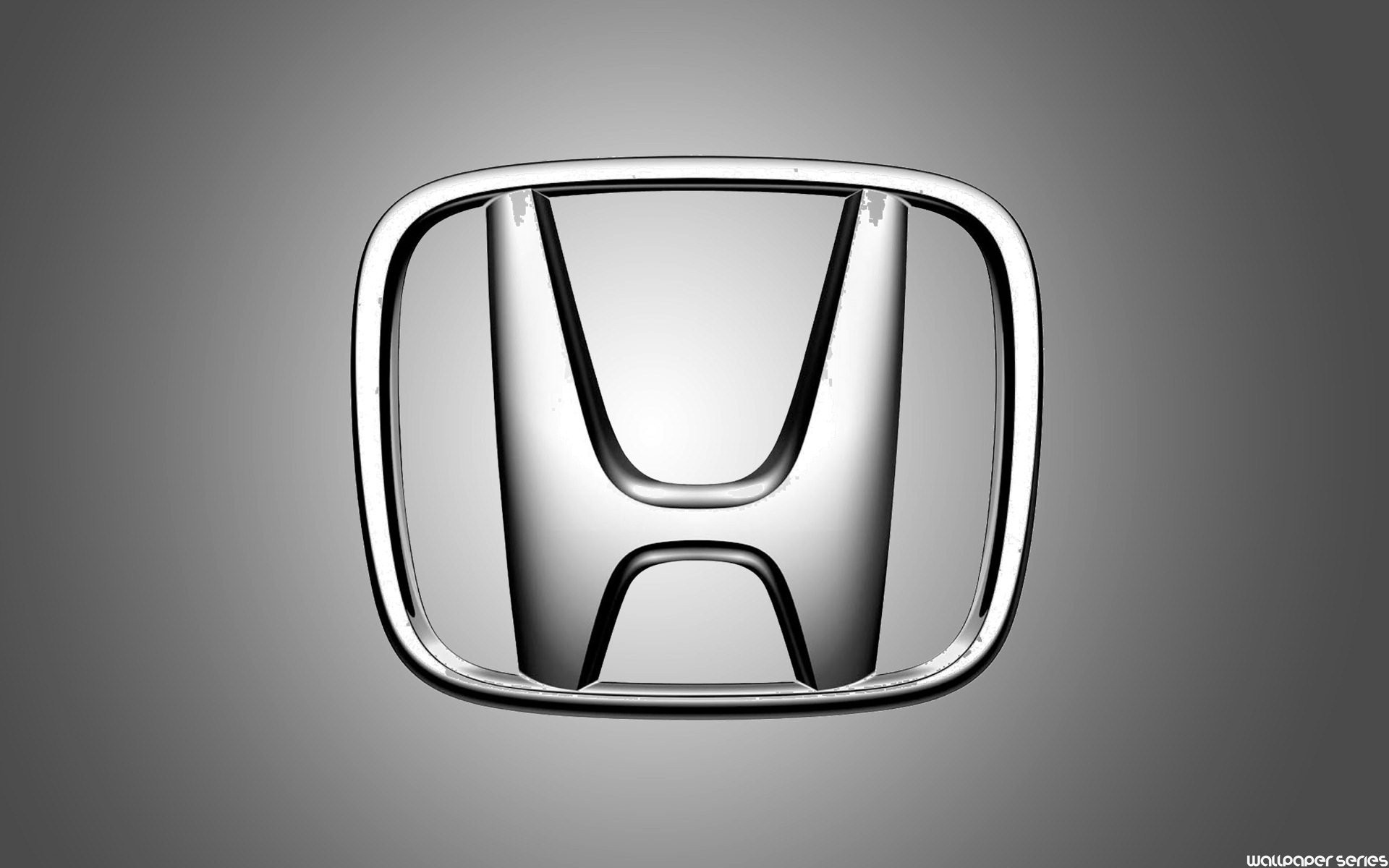Honda Porsche fan wrote: ↑27 Oct 2022, 04:21
Has it been made official? Is F1 going with fully synthetic fuel carbon capture by 2026? I can remember Paddy Lowe and also Porsche were suppose to be developing synthetic fuels and Ross Brawn was promoting it. MotoGP is suppose to be going to synthetic fuels.
It is officially going to carbon-neutral fuel for 2026.
Whether that is bio-fuel based or completely synthetic, I am not sure.
It seems that limiting the fuel flow by energy flow, rather than mass flow, the FIA are expecting more than one solution.
Honda Porsche fan wrote: ↑27 Oct 2022, 04:21
If fully synthetic fuels aren't available just yet, should F1 use E85 or methanol fuel for added power ?
Using E85 would mean loss of power if fuel flow (100kg/hr) is maintained, or increase in fuel consumption if energy flow is maintained (~4,500MJ/hr).
This year they are running 10% bio-ethanol content, rather than 5% bio-fuel in previous seasons, and have lost some power.
Honda Porsche fan wrote: ↑27 Oct 2022, 04:21
I don't know how sincere and honest F1 is about hybrid technology if the rules don't allow engineers to develop hybrid electric power more aggressively and use it more aggressively during races. I think the rules are a little too restrictive, conservative and limiting on how F1 teams are allowed to deploy hybrid power during races and how much electrical power is allowed to be used.
Current rules allow 2MJ recovery from MGUK to Energy Store per lap, unlimited recovery from MGUH to Energy Store, 4MJ deployment from Energy Store to MGUK and unlimited deployment from MGUH to MGUK. And unlimited recovery from MGUK to MGUH, which may, or may not, be being used currently.
MGUK power is limited to 120kW, MGUH power is unlimited.
For 2026 there is no MGUH, so there is only the MGUK for recovery and deployment.
The MGUK has gone up to 350kW, maximum allowed recovery per lap is 9MJ and deployment is unlimited. At most tracks the 9MJ recovery (and, thus, available for deployment) is unlikely, so the the game will be to maximise recovery.
Also, the battery size remains at 4MJ, so they won't be able to run the MGUK at full power on long straights, and MGUK power is reduced from 350kW @ 300kph to 150kW @ 340kph.
Honda Porsche fan wrote: ↑27 Oct 2022, 04:21
I think that F1 cars during races under caution should all go fully electric and also have to go fully electric while in the pits.
The size of the battery would make the first a problem, especially for restarts. The latter was proposed for the current power units leading up to 2014, but the idea was ditched for some reason.
Honda Porsche fan wrote: ↑27 Oct 2022, 04:21
As I posted above, I like the 2017 Porsche 919 Hybrid/Evo system that collects exhaust energy from the turbo, stores it in the battery where the electric motor turns the car into temporarily AWD off the corners and uses it to accelerate off corners.
The LMP1 rules of that era allowed two MGUs. Most opted from front and rear MGUKs, but Porsche used a front wheel MGUK and a MGUH connected to a turbine, which was fed exhaust from the turbocharger.
The current F1 power units use an MGUH connected to the turbo, which gives the added benefit of being able to spool the turbo if needed.
I would guess that the F1 MGUH is more effective than Porsche's 919.
The MGUH is being dropped for 2026, to appease potential new engine suppliers. Which appear to be Audi and Porsche, who took part in formulating the rules.
Honda Porsche fan wrote: ↑27 Oct 2022, 04:21
I'd like to see a system developed that uses the motion of the vehicle/wheels that constantly recharges the battery while the car is in motion so there is a constant war between battery recharging during motion and also battery power being used. The motion of the car is the battery's recharging system. Put little motor rechargers in the wheels, while the wheels spin it sends electrical recharging energy to the battery to recharge it i.e. motion recharging.
If the MGUs are charging while the car is in motion, it means burning fuel to charge the battery, the car is slow down, or, at least, not accelerating as fast.
The 2026 rules would appear to allow this, but it would mean a significant drop in power from deploying to charging.

